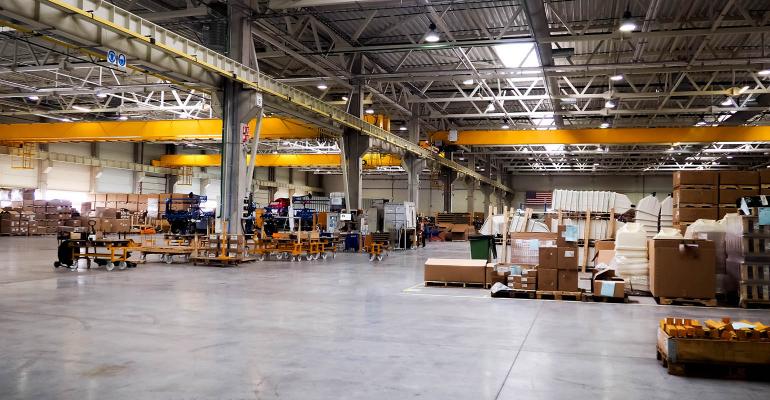New project deliveries, continued cannabis legalization, a decline in manufacturing, faster e-commerce deliveries and the upcoming presidential election will all have an impact on the U.S. industrial sector in 2020, experts say. Here are eight predictions for the industrial sector in the new year:
- The rush to cannabis production will likely accelerate in 2020, as more states legalize marijuana for recreational use, attracting investors to the higher returns cannabis-related real estate provides compared to more traditional property types, according to Chuck Taylor, director of operations for Englewood Construction, which collaborates with cannabis firms on cultivation and dispensary projects.
- Demand for “last mile” warehouse space will continue to grow in 2020, as consumers demand same-day and next-day delivery and retailers intensify their delivery efforts to complete with e-commerce giants like Amazon and Walmart, says Nat Kunes, senior vice president of investment management at AppFolio, a property software firm. As a result, he expects to see conversion of traditional retail space to distribution facilities.
- With limited space options and vacancies at historic lows, many U.S. industrial markets will experience higher than usual lease renewal rates in 2020, according to real estate services firm CBRE. However, vacancy levels will likely remain flat or increase slightly in markets with significant new supply deliveries. In addition, real estate services firm Transwestern predicts that new leasing velocity will decelerate in markets with limited space availability. The good news is that new industrial construction is expected to flatten out.
- Consulting firm Deloitte predicts a decline in manufacturing job growth, which began last year, but will likely continue due to the historically tight labor market. This will constrain the momentum in the manufacturing sector, along with increasing disruption from new technologies and continued volatility in trade policy decisions. The manufacturing sector has also been impacted by decreased business spending—a result of uncertainty over the trade war with China, says Richard Barkham, real estate economist with CBRE. Based on the Oxford Economic Model, which anticipates tapering manufacturing GDP growth levels, Deloitte has lowered its growth projection for this sector from 2.0 percent to 1.3 percent.
- Warehouse and distribution properties will also be impacted by labor shortages in the coming year. Automation, robotics, drones and autonomous trucking are revolutionizing the way goods are manufactured, stored and distributed, but in some cases, technology has made human labor more important than ever and is driving demand for a more skilled labor force, says David Friedland, executive director and Chicago industrial group leader with real estate services firm Cushman & Wakefield. As operations become more complex for occupiers, there will be a heightened focus on outsourcing, paving the way for growth in the third-party logistics sector, according to CBRE.
- Investors/developers of industrial properties will be more focused on designing facilities with on-site amenities that attract workers and locating them in proximity to nearby retail options and population centers, Friedland notes.
- The new year may see an increase in industrial development co-existing with retail uses, with industrial space added onto retail centers or replacing traditional bricks-and-mortar stores. Investment management firm CA Ventures, for example, recently broke ground on a speculative class-A warehouse in Elk Grove Village, Ill., near O’Hare International Airport, that is adding 146,029 sq. ft. to an existing retail center, where 7,800 sq. ft. of space will continue to house retail and restaurant uses.
- CBRE expects the industrial sector to remain the darling for investors. Investment volumes, however, are expected to decrease by 5 to 10 percent in the coming year compared to 2019, as investor caution collides with high asset prices.
0 comments
Hide comments





